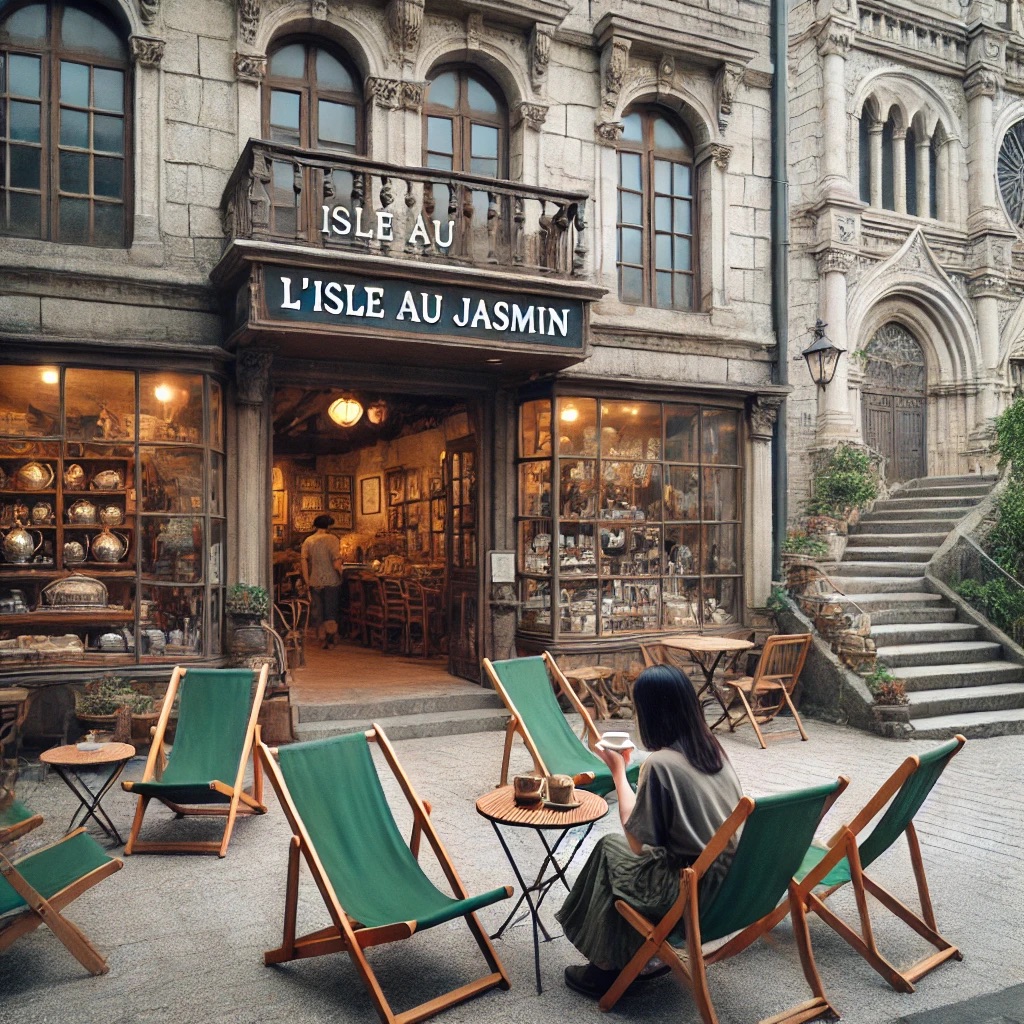ChatGPT:
Pau is a picturesque city located in the southwest of France, in the Pyrénées-Atlantiques department of the Nouvelle-Aquitaine region. Nestled at the foot of the Pyrenees mountains, it offers stunning views of the mountain range. The city is known for its rich history, elegant architecture, and vibrant cultural scene.
Origin and Early History
Pau has a rich history that dates back to the Middle Ages. The origin of the name “Pau” is believed to come from the Latin word “palum,” meaning a stake or post, which refers to the wooden palisade that originally surrounded the town.
Medieval Period
- Foundation: The city of Pau began as a small settlement around a castle built by the Viscounts of Béarn in the 11th century. The castle, Château de Pau, was strategically located on a rocky outcrop overlooking the Gave de Pau river, providing both defense and a commanding view of the surrounding area.
- Growth: Pau gradually grew into a market town and administrative center, benefiting from its strategic location on the trade routes between Spain and France.
Renaissance and Modern History
- 16th Century: Pau gained prominence in the 16th century as the birthplace of King Henry IV of France in 1553. The Château de Pau became a royal residence and was extensively renovated during this period.
- French Revolution: During the French Revolution, Pau was affected like many other French cities, but it retained its importance as a regional center.
- 19th Century: Pau underwent significant development in the 19th century, becoming a popular winter resort for British and Russian aristocrats. The construction of the Boulevard des Pyrénées, with its stunning views of the Pyrenees, and the arrival of the railway in 1864 contributed to its growth and appeal.
Development
Urban Development
- Architecture: Pau’s urban landscape features a mix of medieval, Renaissance, and 19th-century architecture. The city center is characterized by elegant buildings, wide boulevards, and well-maintained parks.
- Modernization: In the 20th century, Pau continued to modernize, with infrastructure improvements, the establishment of educational institutions, and the development of cultural and recreational facilities.
Economics
Key Sectors
- Aerospace: Pau is home to a significant aerospace industry, with several companies and research centers involved in aviation and aerospace technologies.
- Energy: The city is also a hub for the energy sector, particularly in oil and gas exploration and production. The Lacq basin, located nearby, is one of France’s largest natural gas fields.
- Tourism: Tourism is a vital part of Pau’s economy, thanks to its historical sites, natural beauty, and cultural attractions. The Château de Pau, in particular, draws many visitors each year.
- Education and Research: The presence of the Université de Pau et des Pays de l’Adour and various research institutes contribute to the local economy by attracting students, researchers, and academic professionals.
Agriculture
- Viticulture: The surrounding region is known for its vineyards and wine production, with Jurançon wines being particularly famous.
- Agriculture: The fertile land around Pau supports diverse agricultural activities, including the production of fruits, vegetables, and livestock.
Commerce and Services
- Retail and Commerce: Pau has a vibrant commercial sector, with numerous shops, markets, and businesses catering to both residents and tourists.
- Services: The service sector, including healthcare, education, and hospitality, plays a significant role in the local economy.
Overall, Pau’s economy is diverse, with a blend of traditional industries and modern sectors contributing to its growth and development. The city’s strategic location, historical significance, and natural beauty continue to make it an attractive destination for business, tourism, and living.
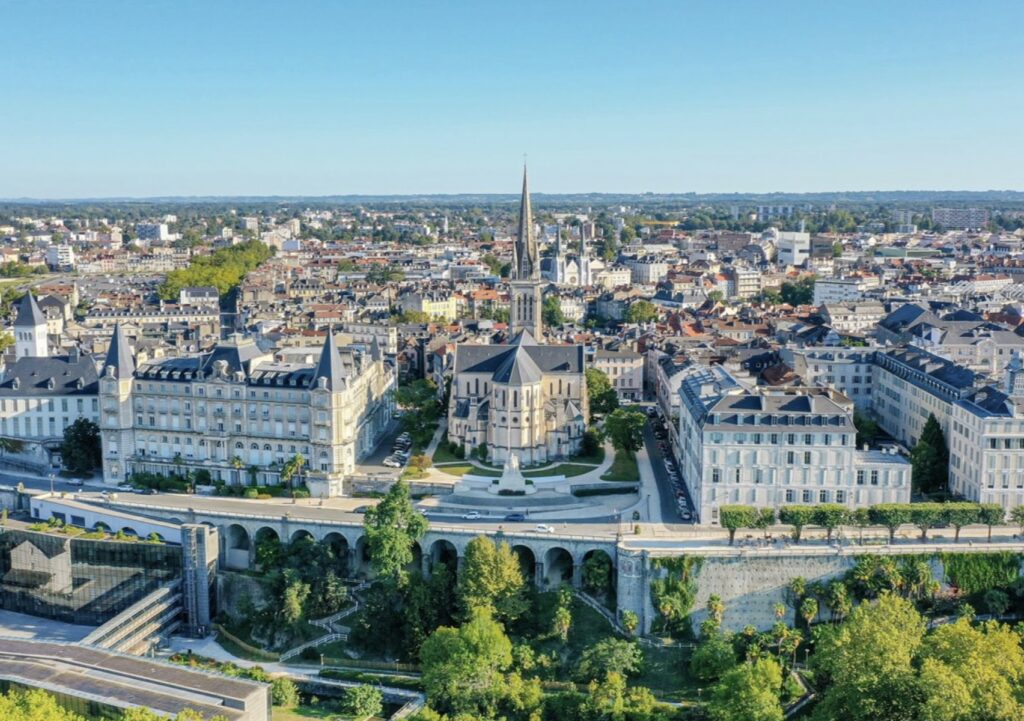
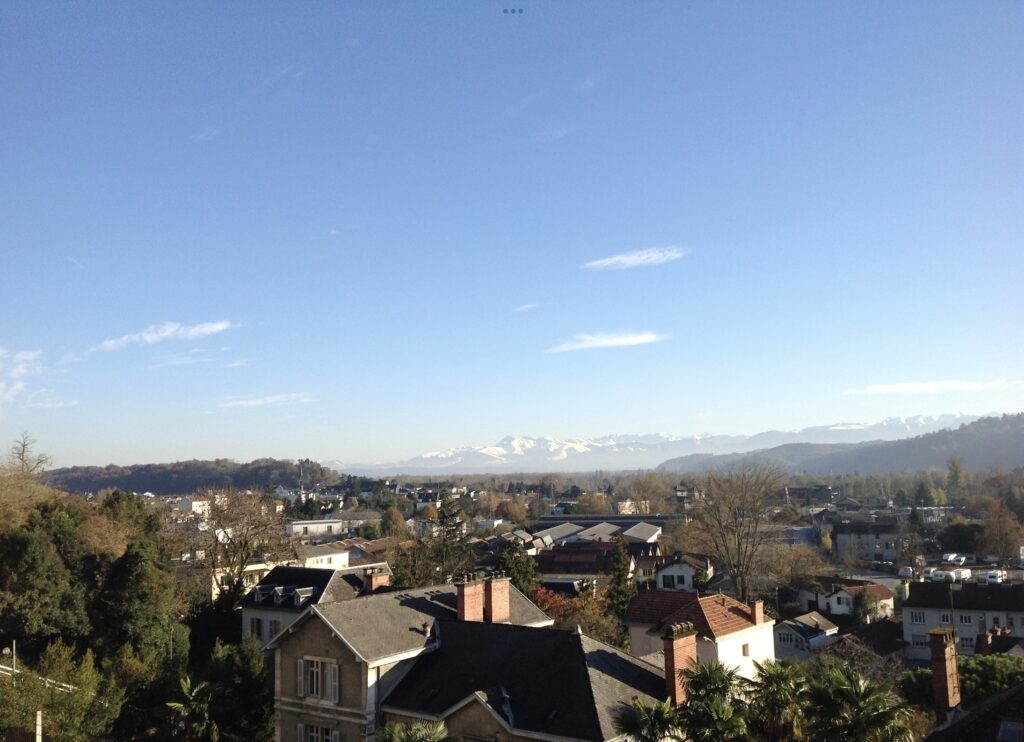
Historical Monuments and Tourist Attractions in Pau
1. Château de Pau
- The birthplace of King Henry IV, this castle features a museum with a rich collection of art and historical artifacts, along with beautiful gardens.
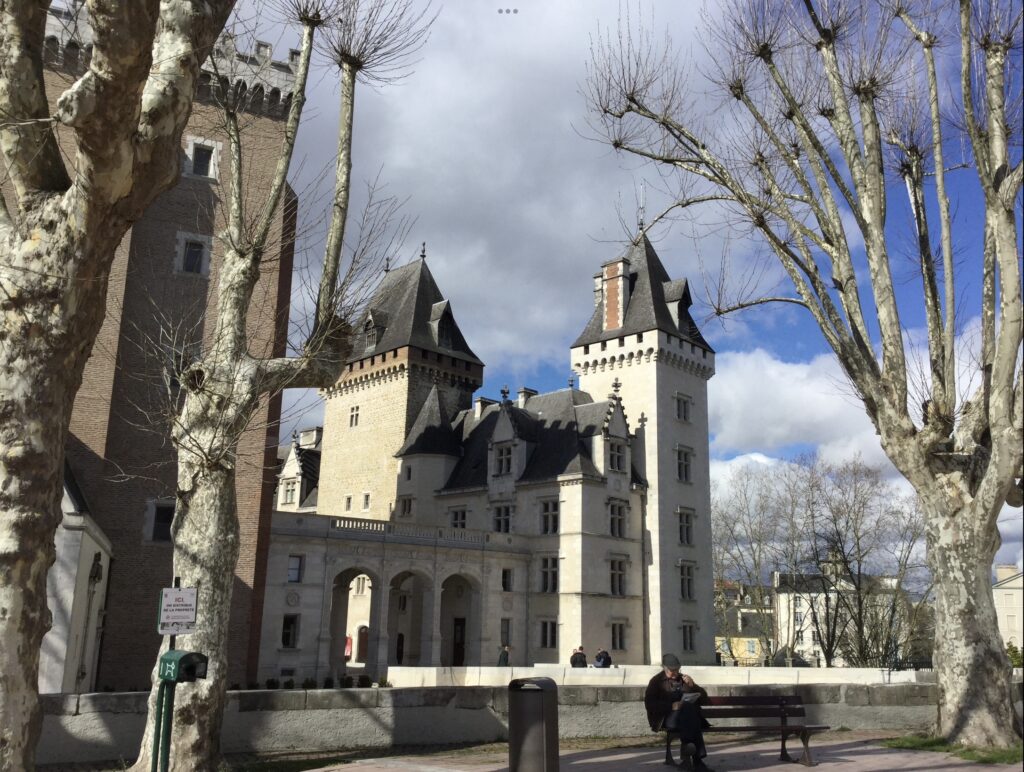
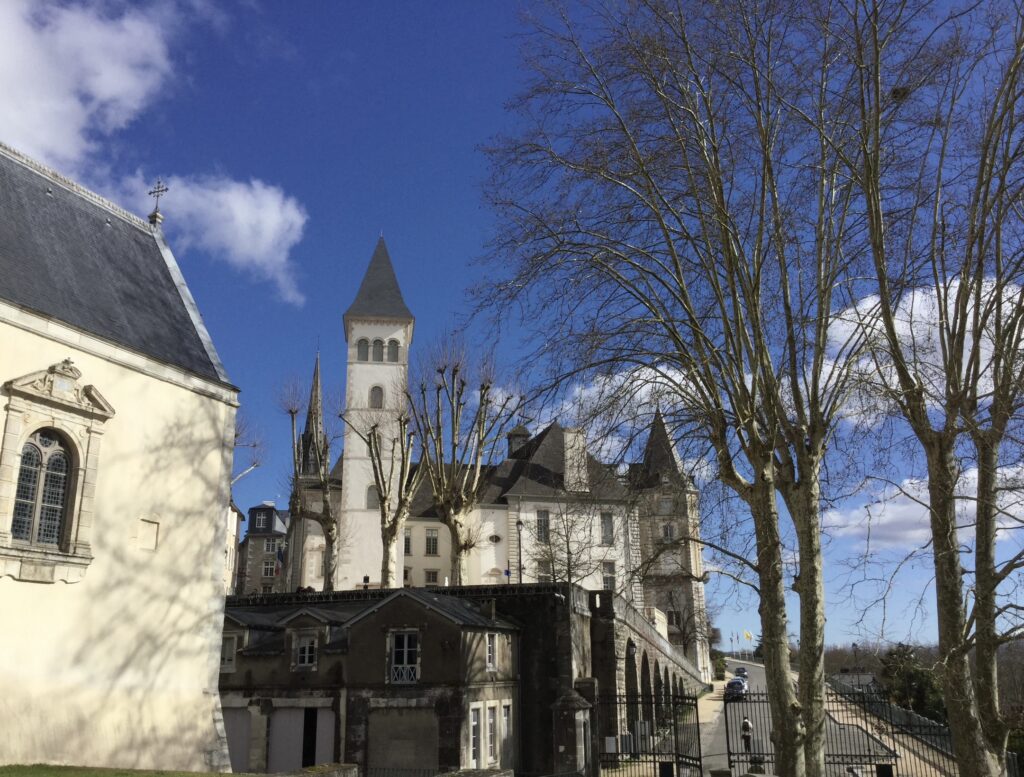
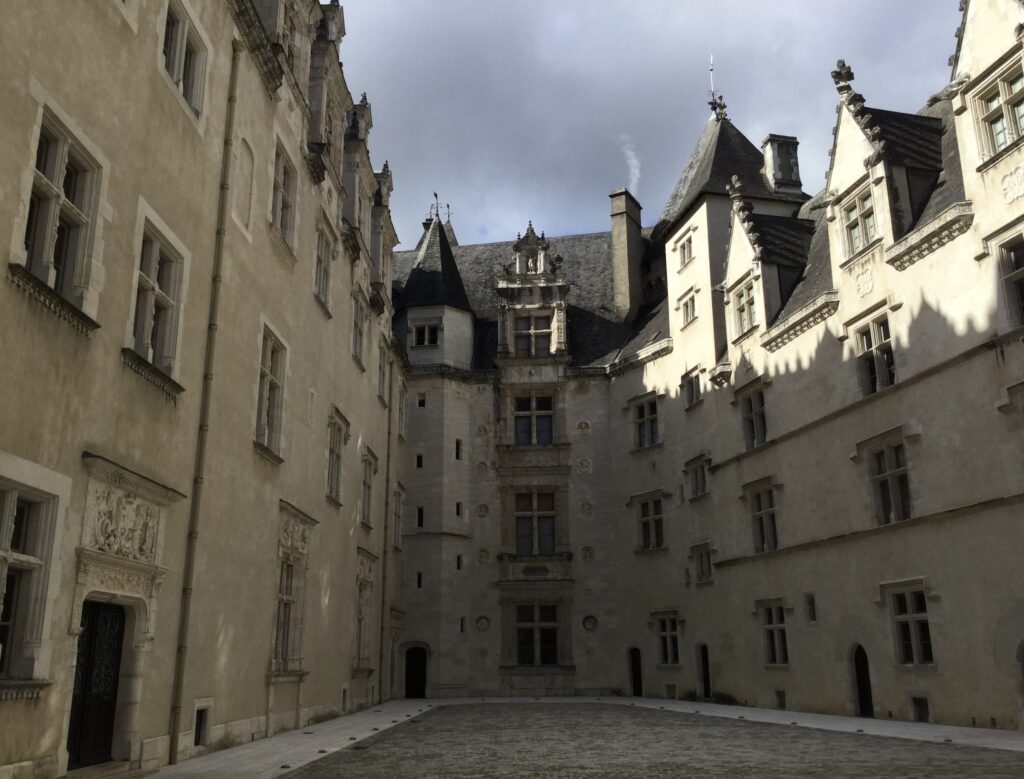
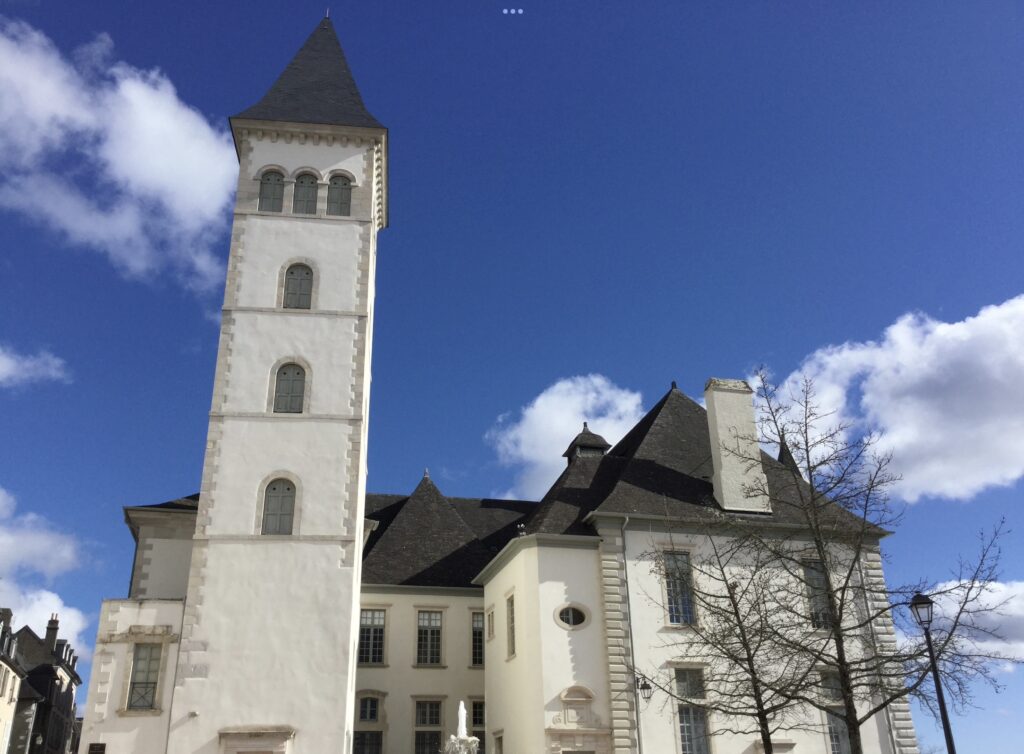
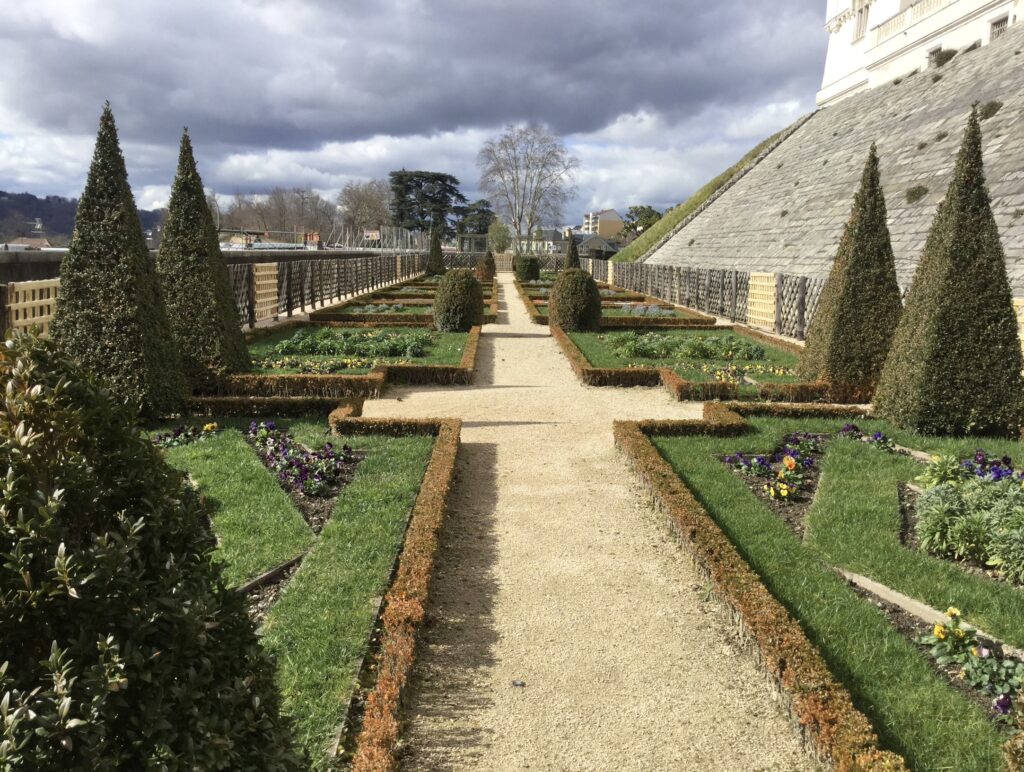
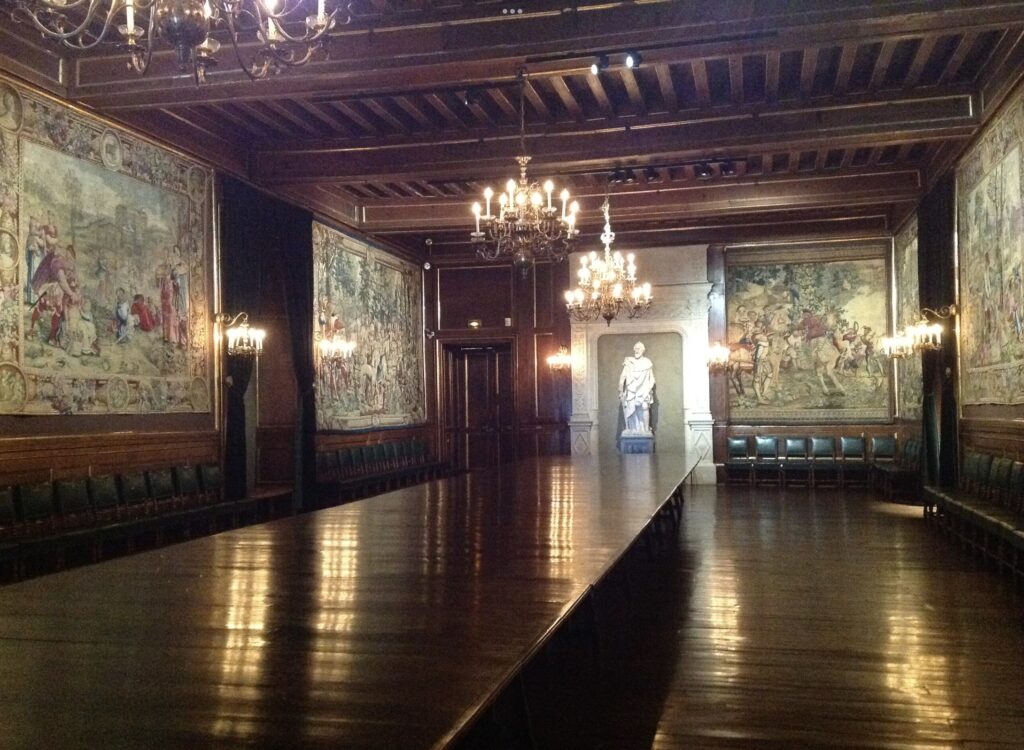
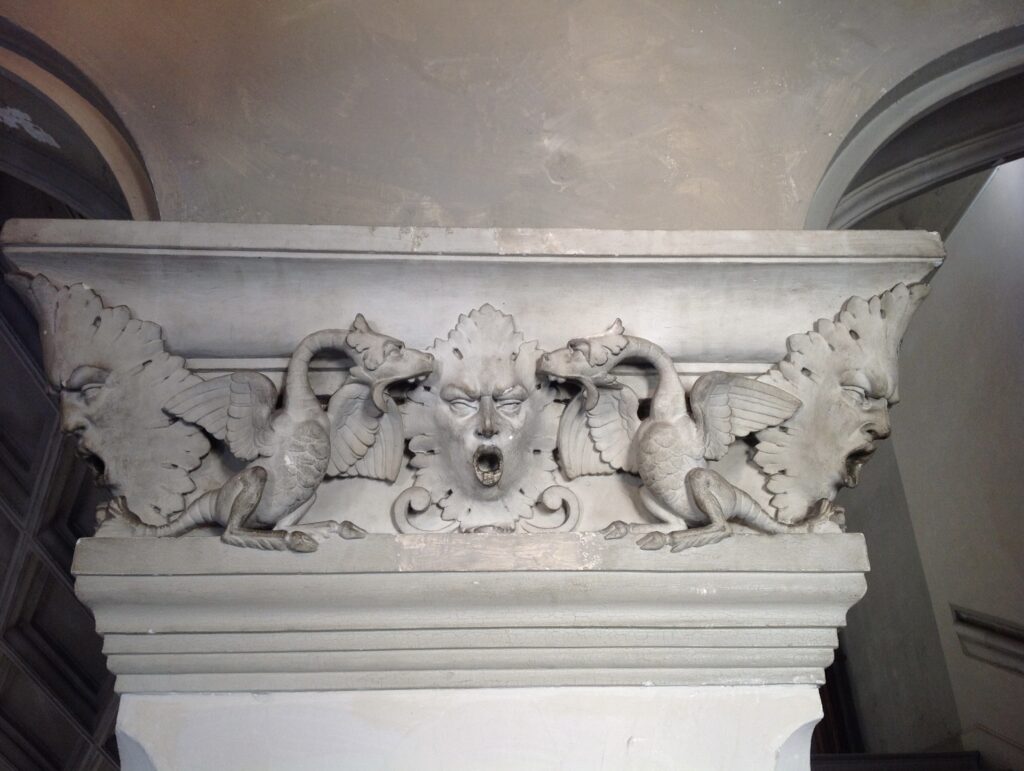
2. Boulevard des Pyrénées
- A scenic promenade offering stunning views of the Pyrenees mountains. It’s lined with cafes and shops, perfect for a leisurely stroll.
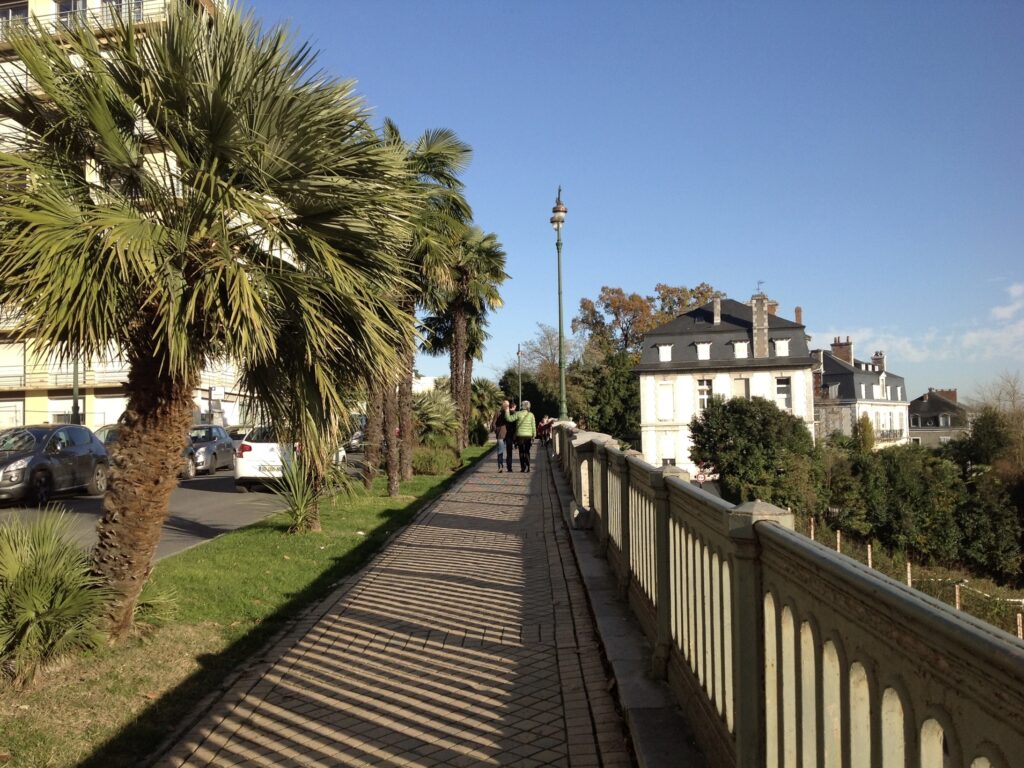
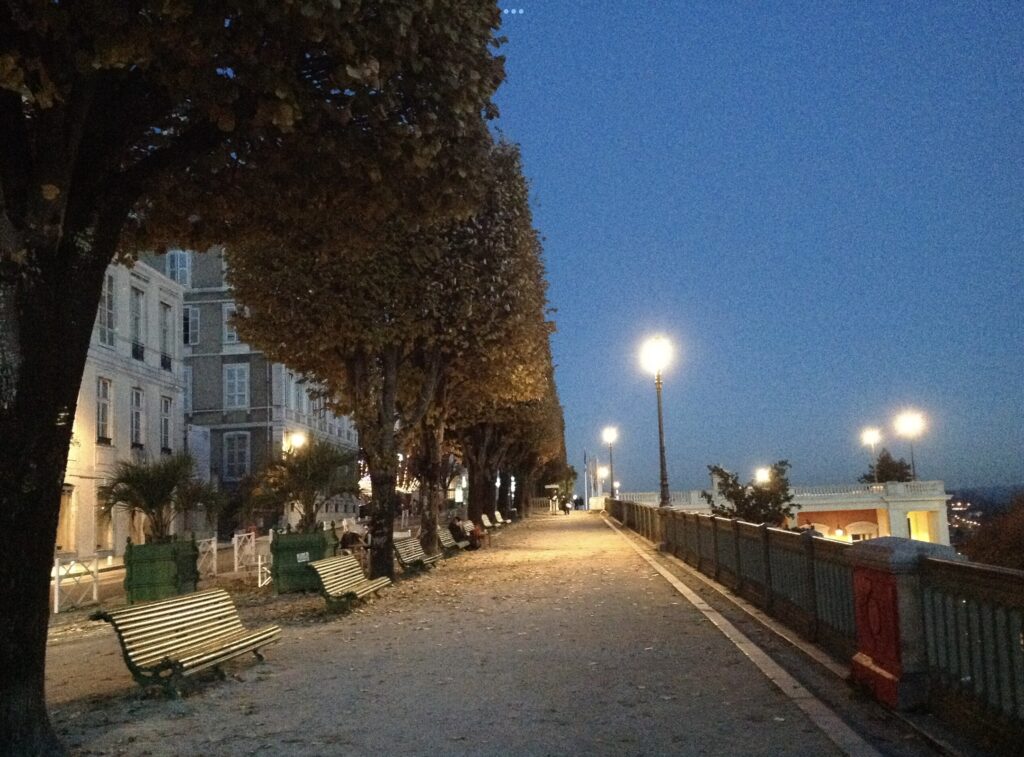
3. Musée des Beaux-Arts
- This fine arts museum houses an impressive collection of European paintings from the 15th to the 20th centuries, including works by El Greco, Rubens, and Degas.
4. Église Saint-Martin
- A neo-Gothic church located in the city center, known for its beautiful stained-glass windows and impressive architecture.
5. Funiculaire de Pau
- A historic funicular railway that connects the lower part of the city with the Boulevard des Pyrénées, offering scenic views during the ride.
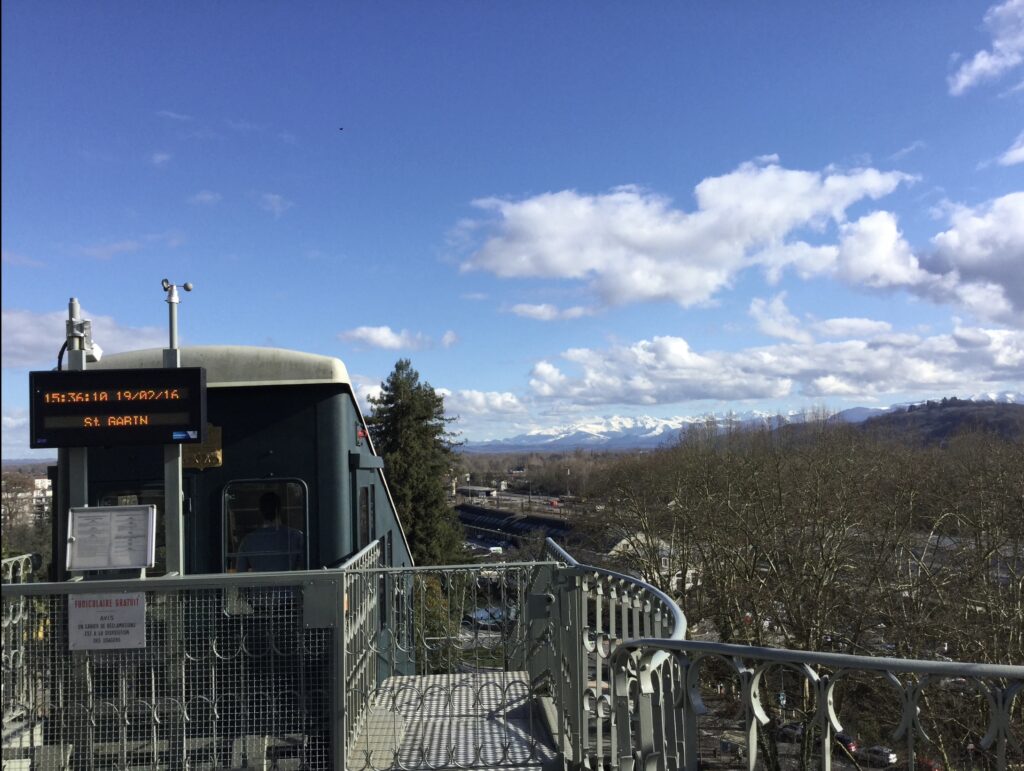
6. Parc Beaumont
- A large, well-maintained park in the heart of the city, ideal for leisurely walks, picnics, and outdoor activities. It also features a casino and a convention center.
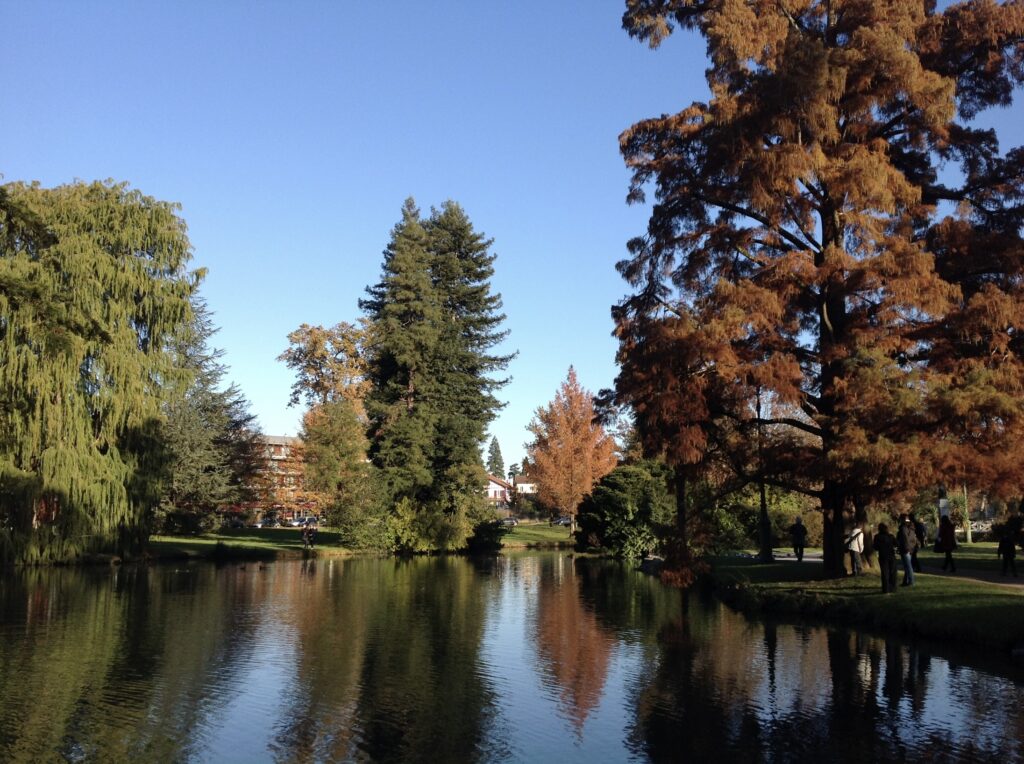
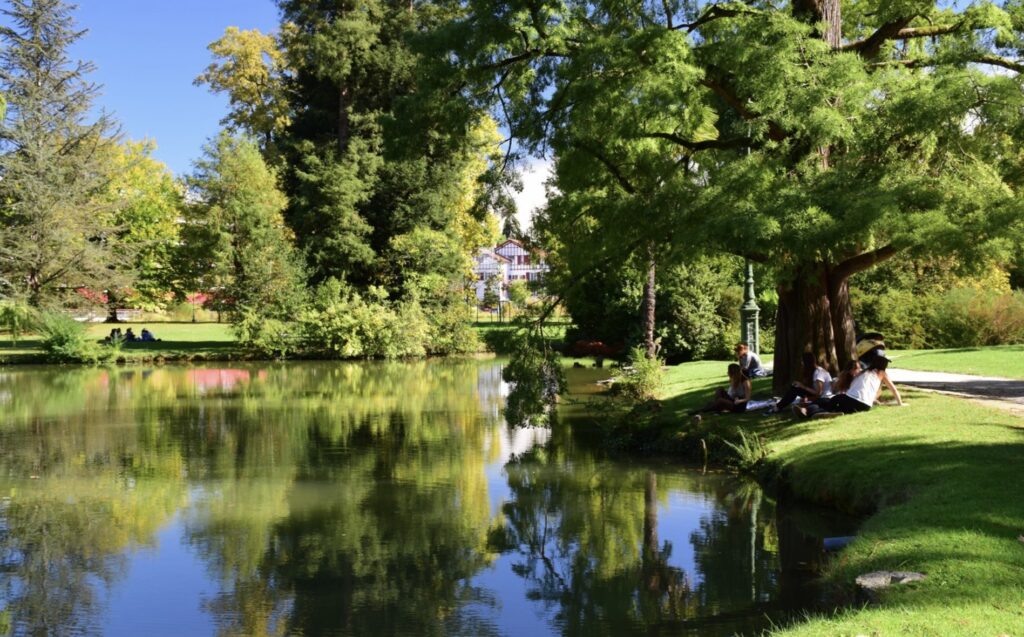
7. Palais Beaumont
- An elegant 19th-century building that now serves as a conference and events center, set within Parc Beaumont.
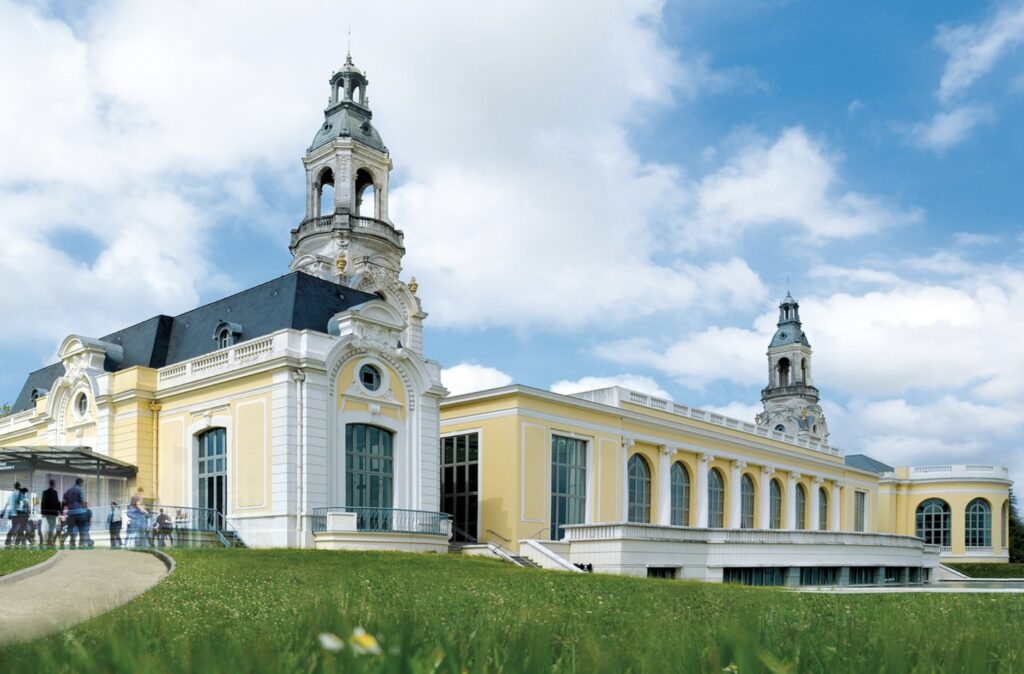
8. Pau Golf Club
- The oldest golf club in continental Europe, established in 1856. It’s a notable historical site for golf enthusiasts.
9. Hédas Quarter
- A historic district with narrow streets, traditional houses, and charming courtyards. It’s an area rich in history and local culture.
10. Place Clemenceau
- The central square of Pau, surrounded by shops, cafes, and restaurants. It’s a lively spot for socializing and shopping.
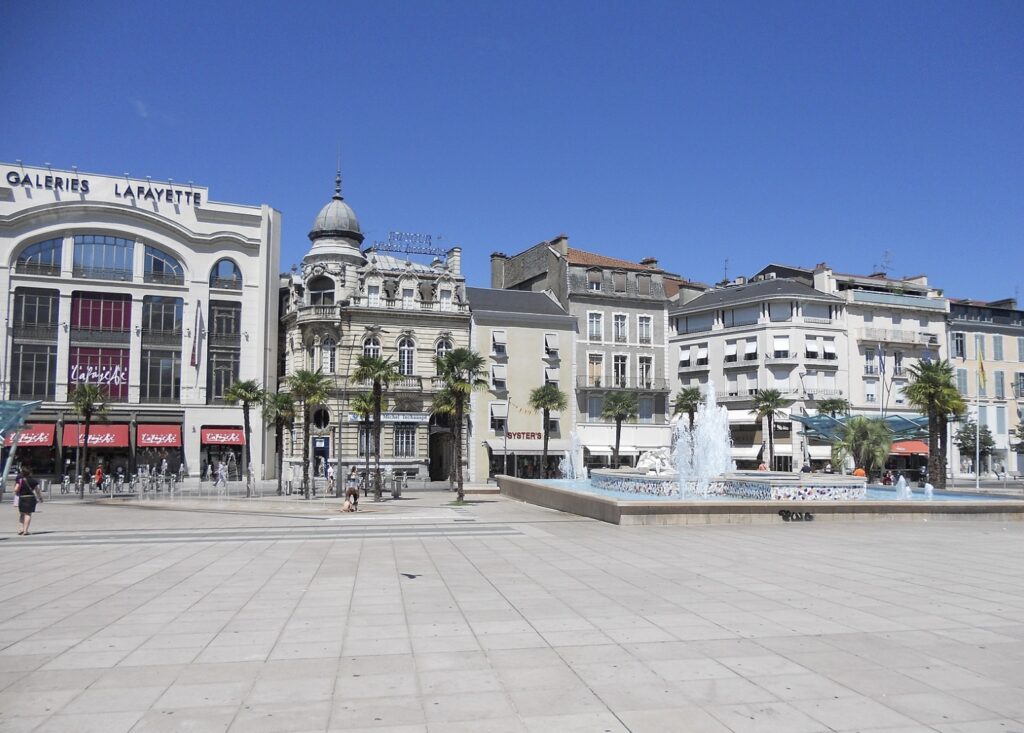
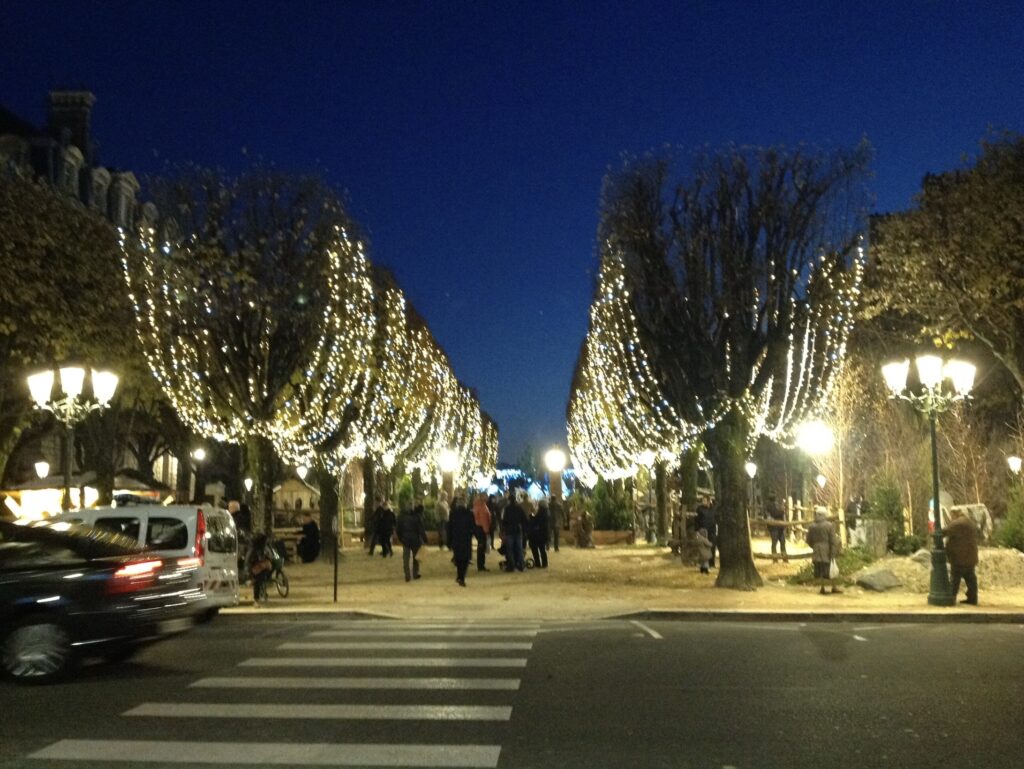
11. National Museum and Domain of Pau
- Located within the Château de Pau, this national museum focuses on the history and heritage of the Béarn region and the life of Henry IV.
12. Parc du Château
- The park surrounding the Château de Pau, offering beautiful landscapes, walking paths, and scenic views.
13. Lescar Cathedral
- Located in the nearby town of Lescar, this 12th-century Romanesque cathedral features impressive architecture and historical significance.
14. Musée Bernadotte
- A museum dedicated to Jean-Baptiste Bernadotte, a native of Pau who became King Charles XIV John of Sweden. The museum is set in his birthplace.
15. Hippodrome de Pau
- Known for its winter horse racing events, this venue is a key part of Pau’s sporting culture.
These historical monuments and tourist attractions highlight Pau’s rich cultural heritage, natural beauty, and vibrant urban life, making it a compelling destination for visitors.
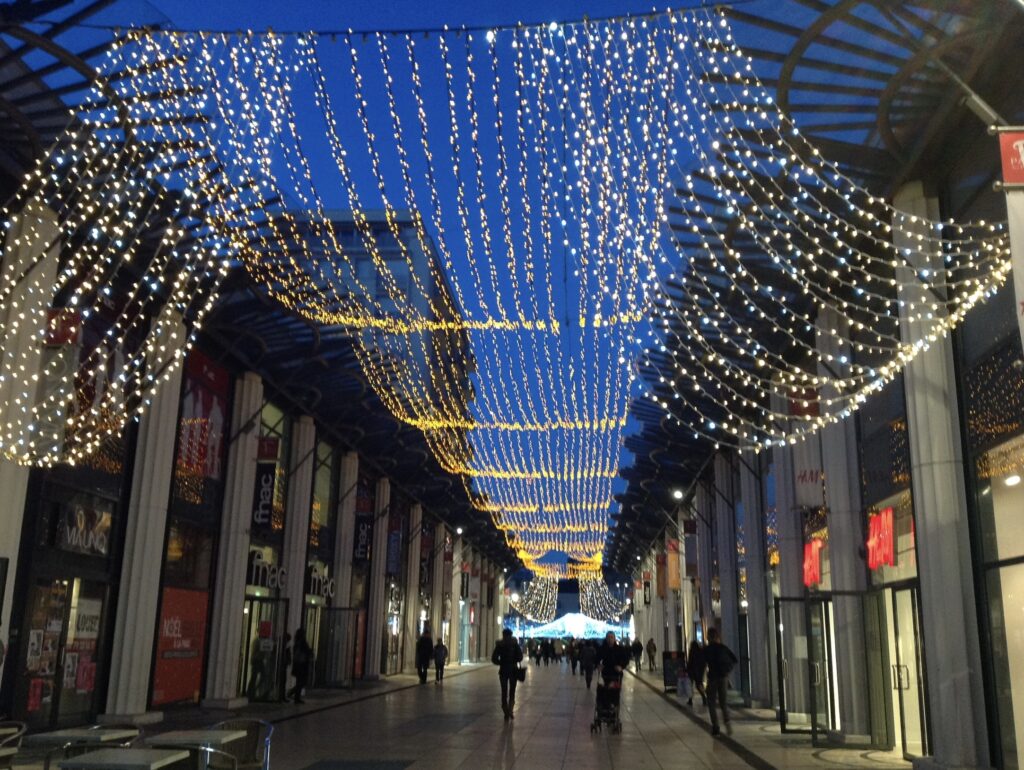
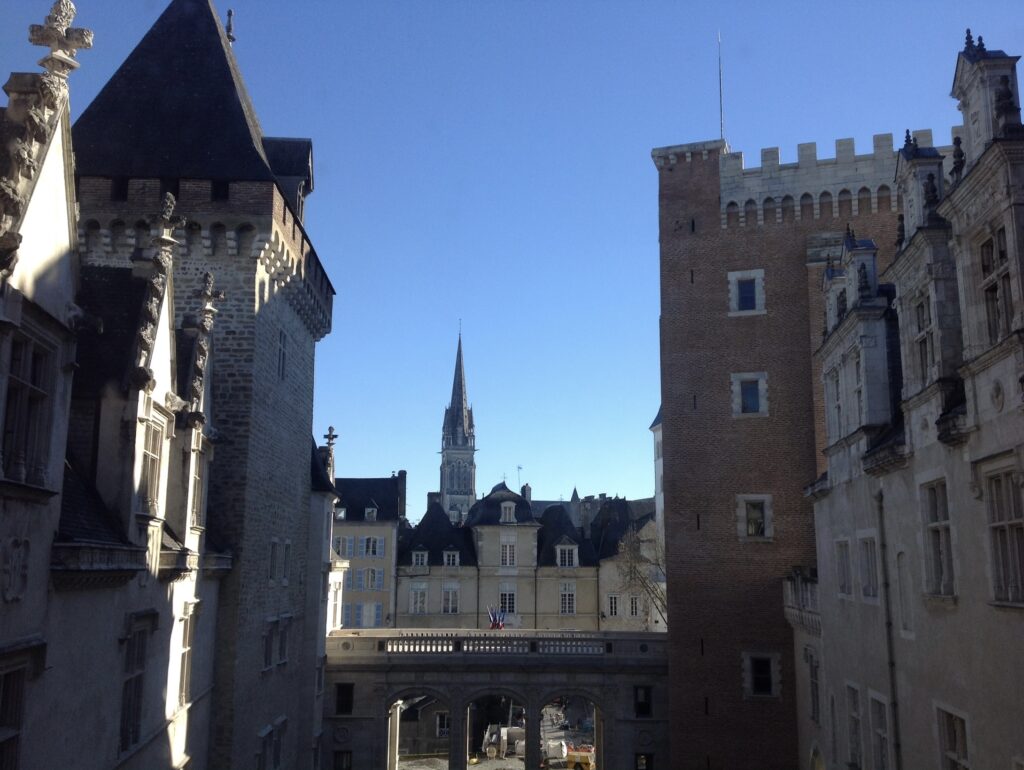
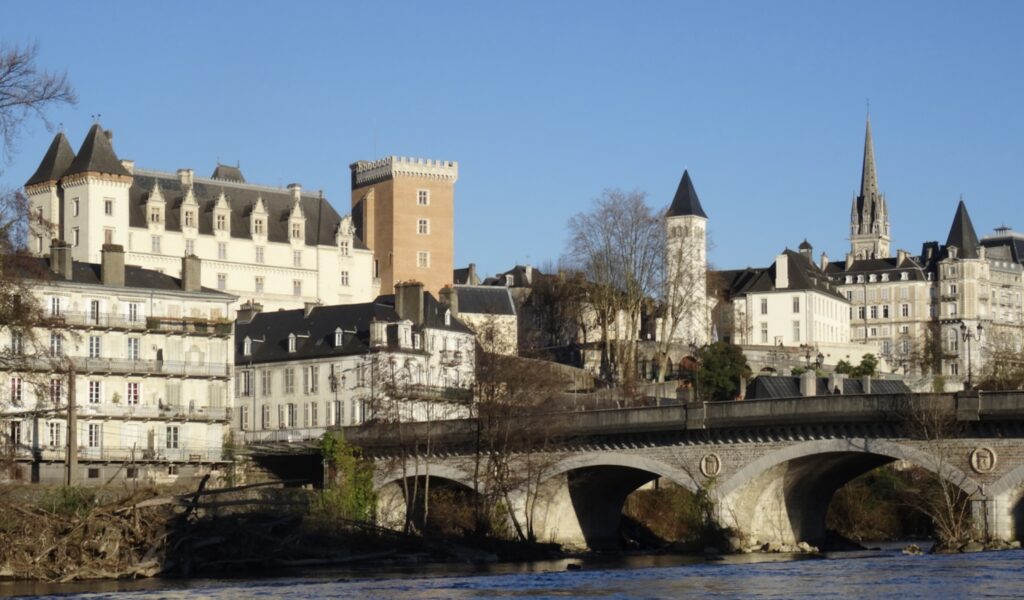
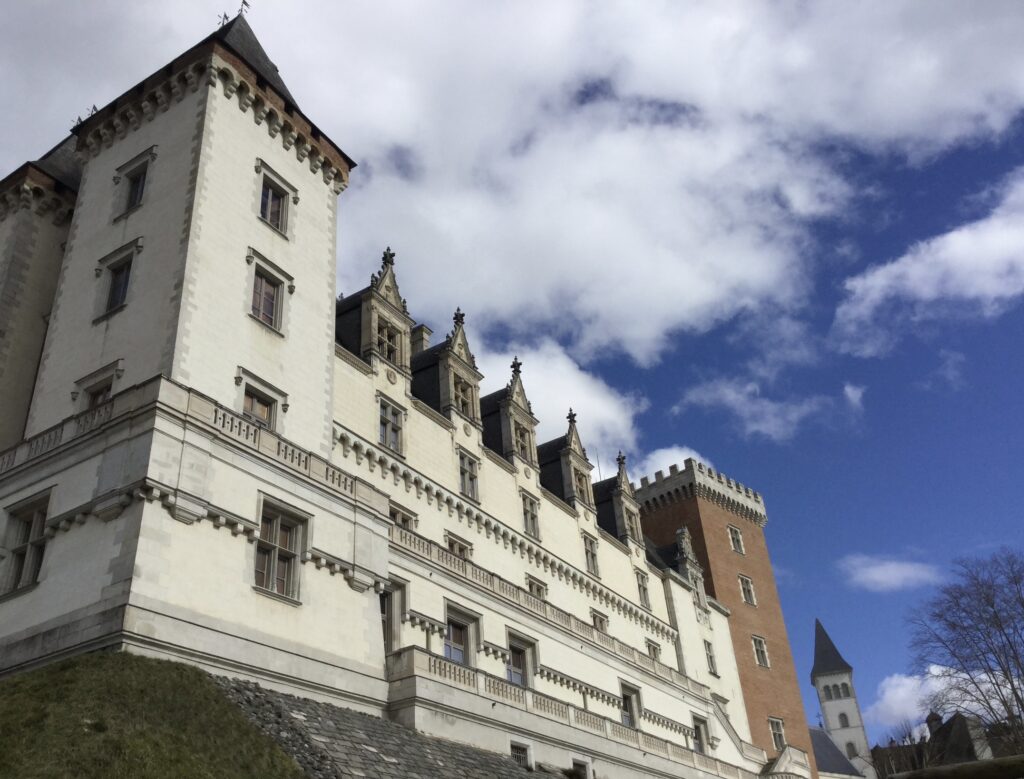
Hiking Trails Near Pau
**1. *Chemin Henri IV*
- Distance: Approximately 18 kilometers
- Description: This historic trail connects Pau to Lourdes, following the route King Henry IV is said to have taken. It offers scenic views of the Pyrenees, passing through forests, fields, and small villages.
**2. *Sentier du Littoral*
- Distance: Variable sections up to 54 kilometers
- Description: Located along the Atlantic coast, this trail offers breathtaking coastal views, beaches, and cliffs. While it’s a bit of a drive from Pau, it’s a popular choice for those seeking a combination of hiking and coastal scenery.
**3. *Val d’Azun Trails*
- Distance: Various trails ranging from short walks to longer hikes
- Description: The Val d’Azun area, located in the Pyrenees, offers numerous hiking options. Trails such as the Lac d’Estaing and the Col des Bordères provide stunning mountain landscapes, alpine lakes, and rich flora and fauna.
**4. *Cirque de Gavarnie*
- Distance: Approximately 5.5 kilometers round trip
- Description: A UNESCO World Heritage site, the Cirque de Gavarnie is a spectacular natural amphitheater in the Pyrenees. The hike to the cirque is relatively easy and offers awe-inspiring views of waterfalls and towering cliffs.
**5. *Pic du Midi de Bigorre*
- Distance: About 16 kilometers round trip (varies by starting point)
- Description: This more challenging hike leads to the summit of Pic du Midi de Bigorre, where you can visit an astronomical observatory. The trail offers panoramic views of the Pyrenees and is a must for avid hikers.
**6. *Col d’Aubisque*
- Distance: Varies depending on the chosen trail
- Description: A famous mountain pass in the Pyrenees, known for its role in the Tour de France. There are several hiking routes in this area, offering breathtaking views and a challenging experience.
**7. *Lac de Gaube*
- Distance: Approximately 7 kilometers round trip
- Description: Located near the town of Cauterets, this hike leads to a beautiful alpine lake surrounded by towering peaks. The trail is well-marked and suitable for hikers of all levels.
**8. *Pont d’Espagne*
- Distance: Various trails ranging from short walks to longer hikes
- Description: Another popular hiking destination near Cauterets, Pont d’Espagne offers a network of trails through lush forests, waterfalls, and alpine scenery.
These trails offer a range of experiences, from easy walks to more strenuous hikes, all showcasing the natural beauty of the Pyrenees and the surrounding areas near Pau.
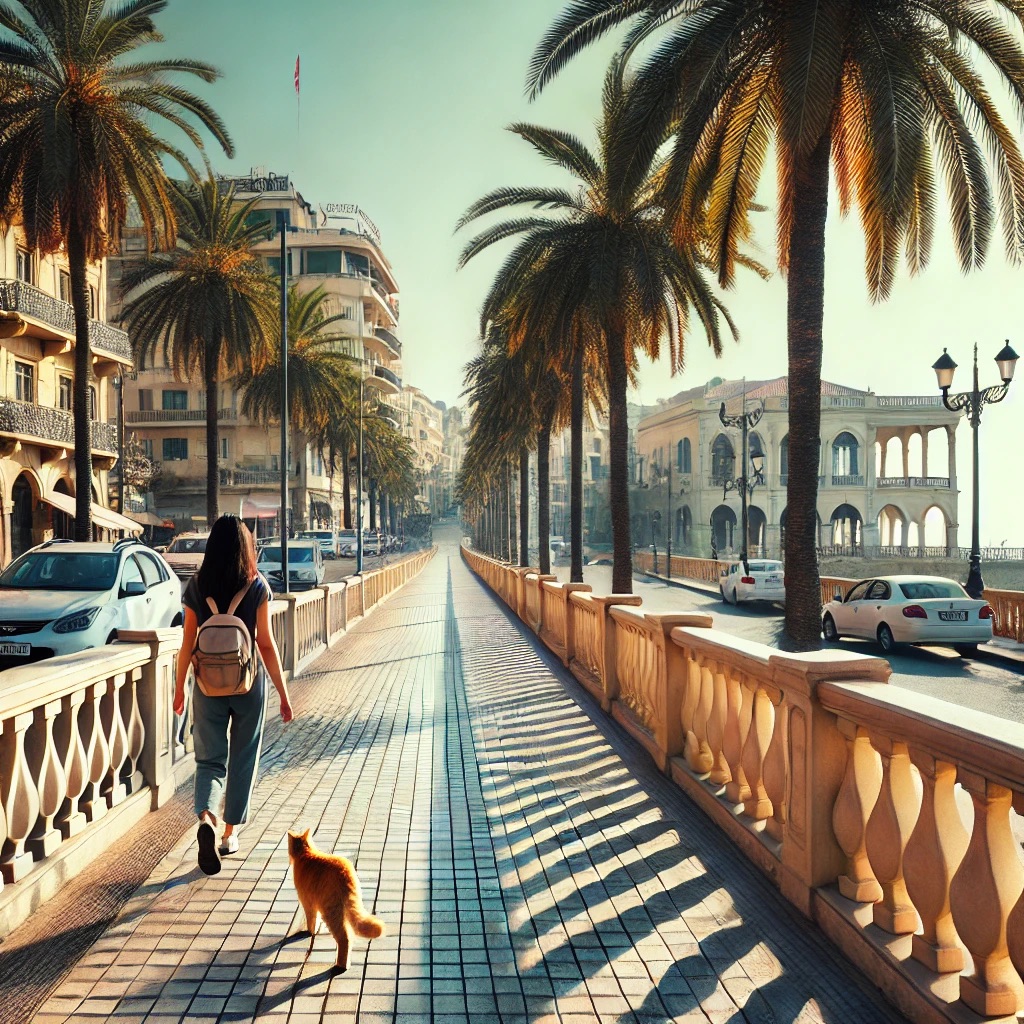
Two-Day Itinerary for Visiting Pau
Day 1: Exploring the City
Morning:
- Château de Pau
- Start your day with a visit to the Château de Pau. Explore the museum and the beautiful gardens, and learn about the birthplace of King Henry IV.
- Boulevard des Pyrénées
- Take a leisurely stroll along the Boulevard des Pyrénées. Enjoy the panoramic views of the Pyrenees mountains and stop at a café for a mid-morning coffee.
Lunch:
- Le Majestic
- Located near the Boulevard des Pyrénées, this restaurant offers a refined dining experience with a focus on regional specialties. Try dishes like foie gras or confit de canard.
Afternoon:
- Musée des Beaux-Arts
- Visit the Musée des Beaux-Arts to admire a diverse collection of European paintings, including works by renowned artists like El Greco and Rubens.
- Parc Beaumont
- Spend the late afternoon exploring Parc Beaumont. Take a relaxing walk through the park and perhaps enjoy a ride on the historic funicular.
Dinner:
- La Table de l’Ours
- A fine dining restaurant known for its creative cuisine and use of local ingredients. Enjoy a gourmet meal with dishes that highlight the best of southwestern French cuisine.
Accommodation:
- Villa Navarre
- A luxurious 5-star hotel housed in an 18th-century mansion. The hotel features elegant rooms, a beautiful park, and a panoramic view of the Pyrenees. Unique features include a spa, an outdoor pool, and gourmet dining options.
Day 2: Short Hiking and Local Experiences
Morning:
- Hiking: Chemin Henri IV
- After breakfast, head to the starting point of the Chemin Henri IV for a short hike. Choose a manageable section of the trail to enjoy the scenic views of the countryside and the Pyrenees.
Lunch:
- Le Jeu de Paume
- Located in the heart of Pau, this restaurant offers a mix of traditional and contemporary cuisine. Sample local dishes made with fresh, seasonal ingredients.
Afternoon:
- Hédas Quarter
- Explore the historic Hédas Quarter, with its narrow streets, traditional houses, and charming courtyards. Visit local shops and boutiques for unique souvenirs.
- Église Saint-Martin
- Visit the neo-Gothic Église Saint-Martin, known for its beautiful stained-glass windows and impressive architecture.
Dinner:
- Café du Palais
- Enjoy a final dinner at this popular local restaurant, known for its relaxed atmosphere and delicious regional cuisine. Try the garbure, a traditional hearty soup from the Béarn region.
Additional Tips
- Local Markets: If your visit coincides with a market day, don’t miss the chance to explore the local markets in Pau. They offer a variety of fresh produce, local cheeses, meats, and other regional specialties.
- Transportation: Use the funicular to move between the lower and upper parts of the city for a convenient and scenic ride.
This itinerary offers a mix of cultural experiences, outdoor activities, and culinary delights, providing a comprehensive and luxurious visit to Pau.
